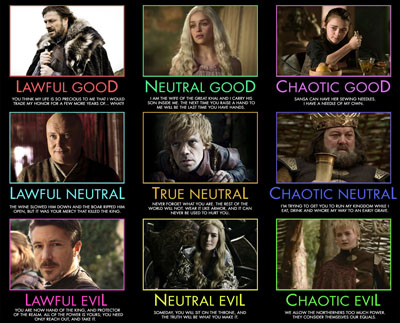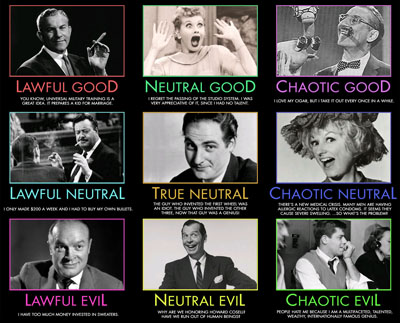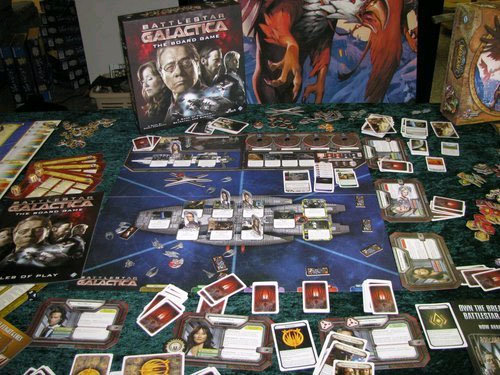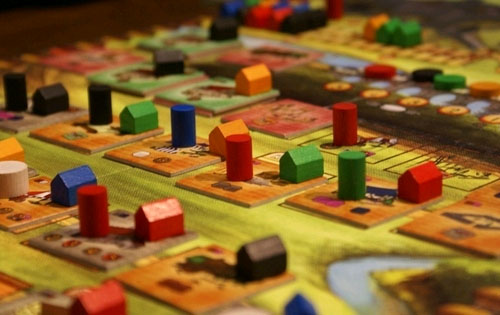Sorry about the lateness of this post; I just got done with a weekend at CONvergence, a Twin Cities sci-fi con that fits nicely into that category of “not so tiny that it’s just a dealers’ room and a movie room, but not so huge that you have to stand in line for two hours for everything.” I got to see a clever little indie movie called ‘My Sucky Teen Romance’ that people should keep their eyes out for, got to chat canon with Lars Pearson of Mad Norwegian Press, and generally had fun. But now, it’s back to work!
“Work”, in this case, elegantly describes the task of thinking about the ‘Matrix’ sequels. Because while I do recall bumping into a few defenders that hectic summer, I think that with the benefit of almost a decade of hindsight, nobody really wants to say that ‘The Matrix Reloaded’ and ‘The Matrix Revolutions’ were any good at all. But I’m not here to discuss the bad things about them. I think we were all aware pretty quickly of the mistakes they made…the fight scenes that were there simply because they thought they had to top the first movie’s fight scenes, the dull speechifying, the inexplicable downgrade in power that Neo got offscreen, the “what the fuck happened” final conclusion…today, though, I’m more interested in discussing the good ideas that were buried in under all the dreck, the stuff that could have been the bones of a good sequel before they began slapping the bloated, corpulent flesh onto it. So let’s talk about the good in the ‘Matrix’ sequels, shall we?
1) The Oracle is a liar. That would actually have been really brilliant, if they’d only followed through on it properly. The whole first movie, we’re set up to believe that the Oracle is a wise, mysterious, shamanic figure who is guiding Neo to his ultimate destiny. The second movie, we find out that all that’s true…but his destiny is to cull the “free humans” down to a manageable number, and she’s actually a computer program whose job is to convince him to betray mankind. Hell of a second act twist, sets up a brilliant third act…shame that they found the least interesting way possible of executing it. (I had one friend who explained to me that he didn’t even realize that’s what the twist was, because “after about the Architect’s third sentence, it all just started to sound like the grown-ups from Peanuts talking.”)
2) The Merovingian. Not anything about his actual execution, mind you: He’s dull, smug, pretentious, snotty, and his endless blather kills every scene he’s in. Oh, and his plot function is terrible too. But the idea of the villain of the second movie being a powerful renegade computer program who prefers the Matrix to his “natural habitat”, who is the opposite of Smith in the first film because he adores the pleasures of experiencing life through sensory input, and who is running a secret “underground railroad” for programs who want to live in the Matrix…that’s quite clever. And it makes sense that such a person would be against the One, because he’s enjoying things the way they are and doesn’t want the boat rocked by the One, v6.0. It needed a lot more drafts, but it’s a solid idea.
3) Smith returning as a computer virus. The idea that Neo somehow accidentally made him is stupid, and the less said about it the better, but again, there’s the germ of a good idea under this. At the end of the first movie, Neo is all-powerful. If you want to get at him, you need to get at him outside of the Matrix. For the artificial intellegnces, recreating Smith as a living computer virus, one who can infect human brains and wear human beings like suits, would be the way to go. (Although it’d have to be for the third movie, once Neo has realized his destiny and rejected it.) But one of the key elements that they almost utterly neglected is that Smith hated even being in a simulation of flesh…being in an actual flesh body should have been a source of major character conflict for him. Perhaps he becomes a nihilist, hoping to bring down the Matrix and bring about the extinction of both humans and computers rather than continue as he is.
Which would lead, in the end, to a roughly similar finale. The AIs realize that Smith, their creation, is a bigger threat than Neo, and form a truce with Zion to stop him. Neo dies saving everyone, the AIs make the Matrix voluntary (one of the things they should have played up is that the average human being is driven insane by Neo’s attempts to “snap them out of it”.) And eventually, they all live sort of kind of happily ever after until everyone realizes that the whole “using human beings as a power source now that solar power is inaccessible to us” thing actually violates the laws of thermodynamics in a big way and they’d all have perished in a frozen grave ages ago.
Okay, so the original had its problems too.





